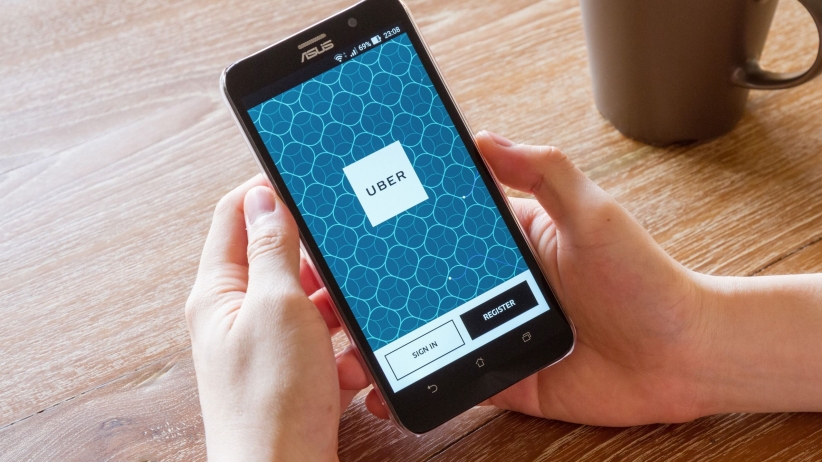
The following excerpt is from Richard Koch and Greg Lockwood’s book Simplify. Buy it now from Amazon | Barnes & Noble | iTunes
Since 2009, the age-old taxi cab system has started to crumble and die in cities around the world. If you live in a big American city, or increasingly elsewhere — from London to Singapore to Bangalore — you’ll already probably be well aware of the brave new world of Uber.
Uber was founded in San Francisco by CEO Travis Kalanick and Garrett Camp. They devised the software app that enables the system to work, recruited drivers in San Francisco and launched the site in 2010. Since then, Uber has spread to 250 cities throughout the world, constrained only by legal and regulatory challenges as traditional taxi drivers fight a rear-guard action, and a handful of imitators who got in first in a few cities, notably London. Although the regulatory issues are serious, the new way of catching a cab seems set to kill traditional taxi firms stone dead.
And while fares may be cheaper than in a normal taxi, depending on location, the big advantage of Uber is the proposition, not the price. It provides all of our three customer benefits from simplicity:
1. Ease of use:
- Simplifies the ordering process — no hailing, no phoning, no searching.
- Reduces uncertainty of when and what type of car will arrive.
- Simplifies the payment process.
- No need to tip — indeed, it’s not even possible (except with cash payments).
- Makes it easy to split the fare.
- Makes the price transparent with an accurate fare estimate for your trip.
2. Usefulness:
- Security and peace of mind through tracking.
- Better quality through rating driver and passenger on every trip.
- Universality — a single app works in most major cities around the world.
- Saves time through seamless on-demand dependability.
- Automatic electronic receipts.
- Choice of services, from standard to luxury cars.
3. Art:
- The experience is a revelation when compared with traditional taxis.
The system itself is extremely simple, not least for the company itself. It owns no cars — it’s just an intermediary that uses technology to connect riders with drivers, then takes a slice of each transaction.
Uber has been incredibly successful already. Although it was started with very little money, by November 2015, the company’s valuation was said to be $70 billion. It’s the most outstanding recent example of proposition-simplifying. Of course, the company echoes several of the characteristics of other proposition-simplifiers, but it also reveals much about how proposition-simplifying can work today.
One of the more remarkable aspects of Uber has been how the company was able to grow in its early days. In the early years, it spent virtually no money on marketing, relying instead on word of mouth to spread the news about its services. The speed at which a truly compelling proposition can diffuse through word of mouth in a superconnected world…

